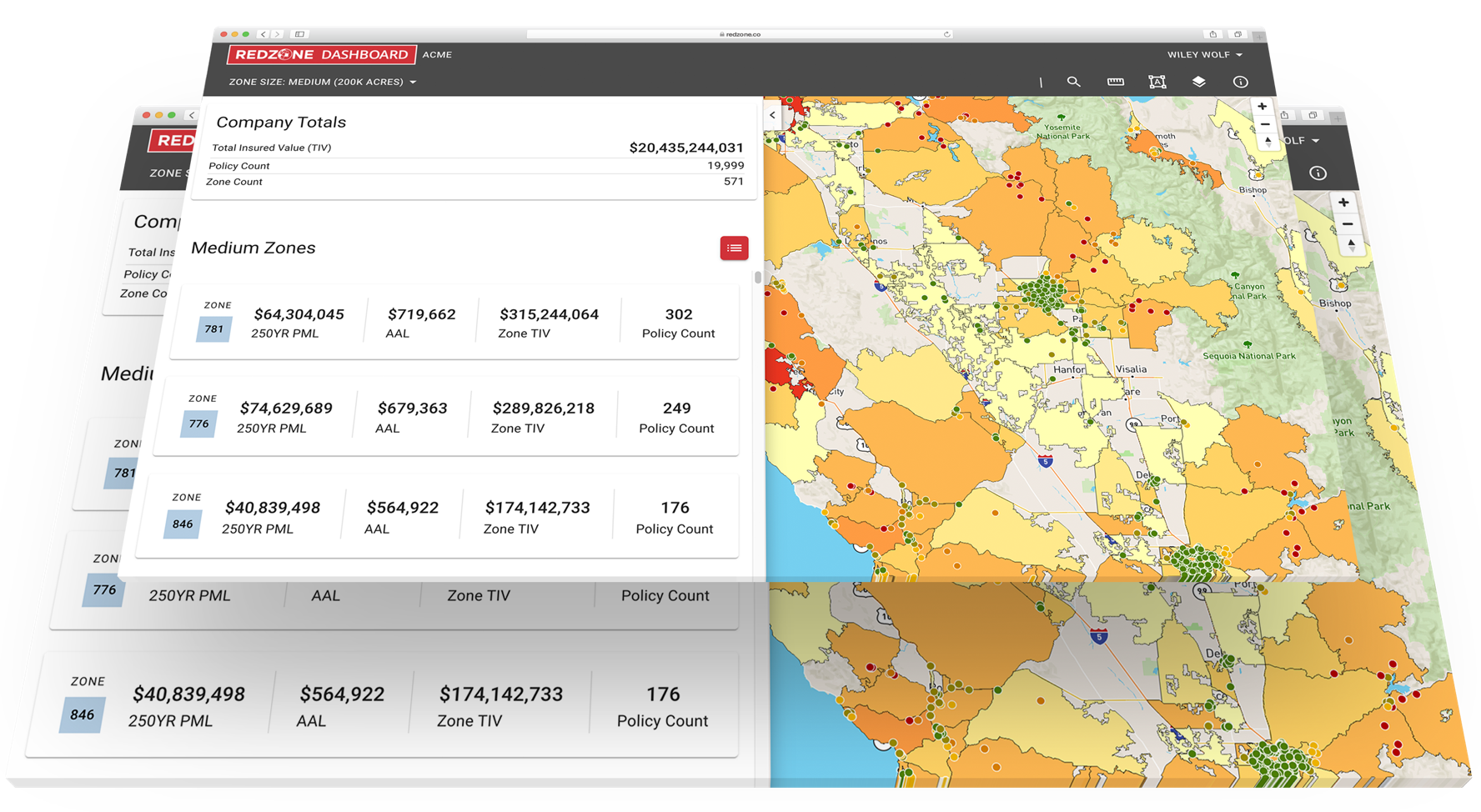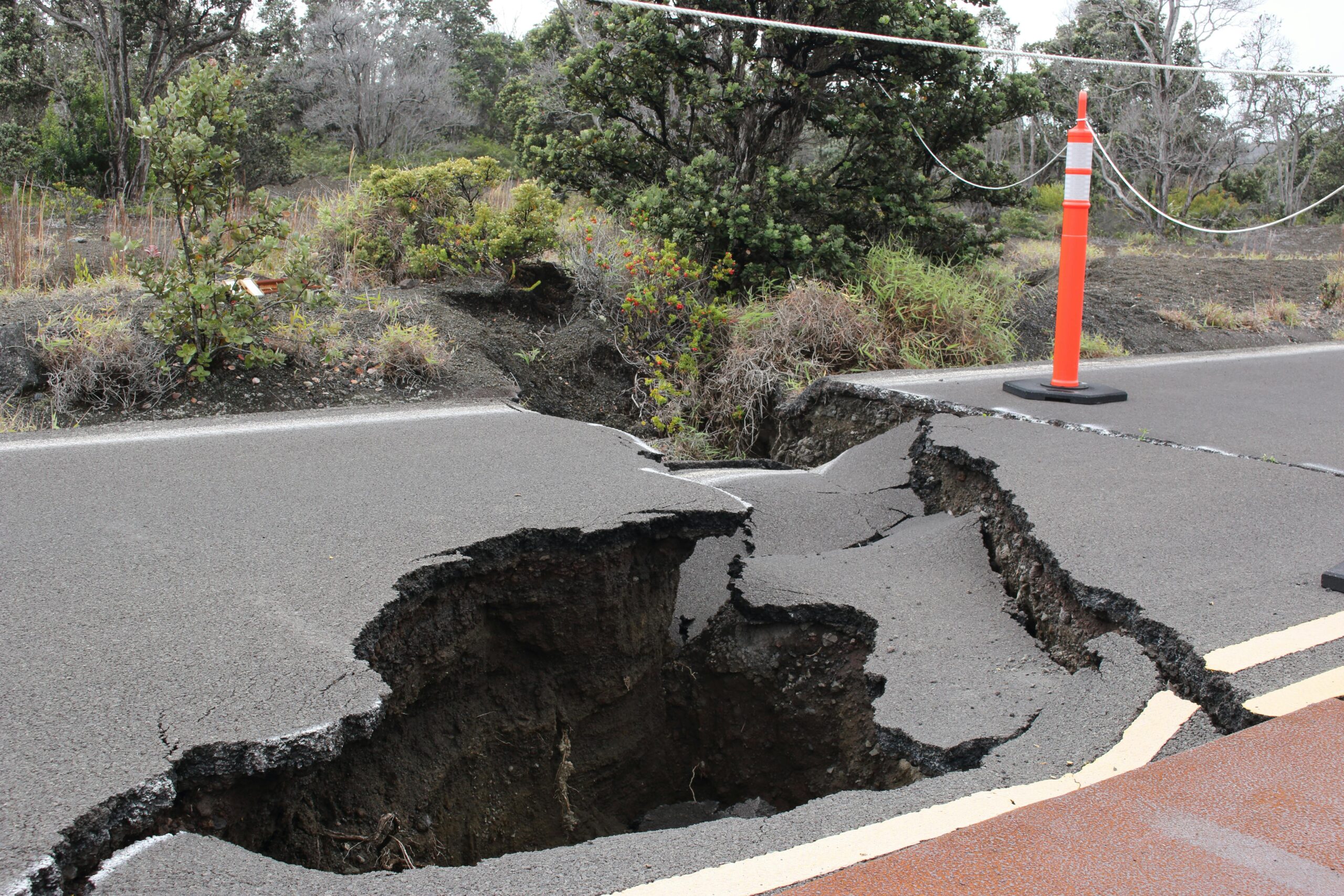The 2020 hurricane season started out at a record pace, but Saharan Dust blowing off the west coast of Africa will keep conditions relatively quiet over the next couple weeks. The dust cloud reached the Gulf of Mexico on Wednesday morning, blanketing an area roughly the size of the United States and stretching over 4,000 miles across the Atlantic.
Although these dust storms are a common yearly occurrence, this particular cloud is massive. “In terms of concentration and density and size, it is the most dust we’ve seen in 50 or 60 years,” says Pablo Méndez Lázaro, from the University of Puerto Rico. The dust cloud is so large it has gained the nicknames Godzilla and Gorilla. Atmospheric Scientist Michael Lowry tweeted, “The ongoing Saharan dust outbreak across the tropical Atlantic is by far the most extreme of the MODIS satellite record — our most detailed, continuous record of global dust back to 2002,”

Hurricane Killer
The dust particles will produce stunning sunsets, but are also a visual indicator of hot dry air over the area. It is extremely difficult for storms to form under these conditions because hurricanes feed off moist air. The Saharan Dust will bring a temporary reprieve from what NOAA has predicted will be an “above-normal” hurricane season.
Hurricane Outlook
The dust plume is expected to move over much of the gulf coast and southeastern United States over the next couple days. The dust plume could possibly reach as far north as Illinois and Ohio. As the dust travels it will begin to disperse and dissipate. By the end of June most of the dust will have thinned, allowing moisture to return over the progressively warm waters of the Atlantic and Caribbean. June and July are normally slightly calmer in terms of tropical activity. Although the historic Saharan Dust cloud has had an impact on the season, it will do little to temper the chance of the season being extremely active in the late summer and early fall. All experts are still forecasting a very busy Hurricane Season.

A summary infographic showing hurricane season probability and numbers of named storms predicted from NOAA’s 2020 Atlantic Hurricane Season Outlook.





